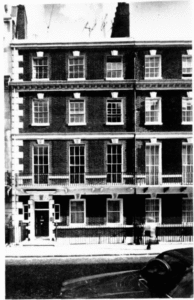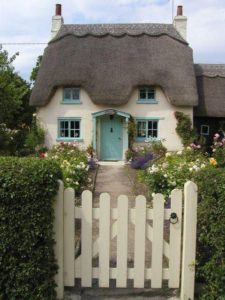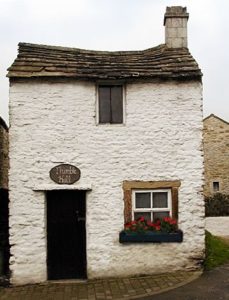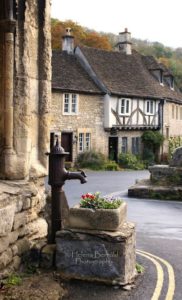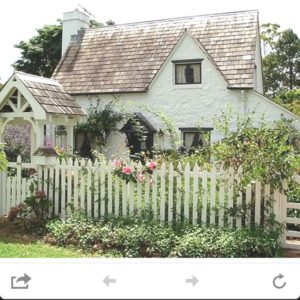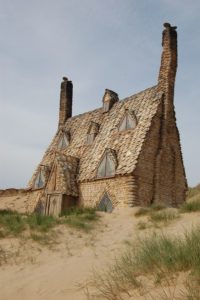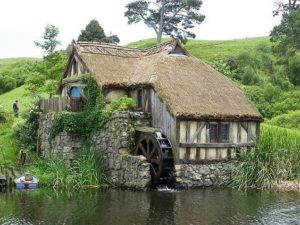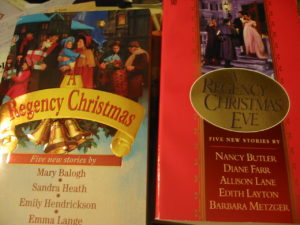 I know you understand the issues –I think all of us here tend to be research geeks. Sometimes it’s hard to pull ourselves away from the endless journey of searching out more information, more fascinating details –just a little more time, or just one more day…. Not everyone gets it. Back in the days before the Internet (I know, I’m old) I was so lost in the pages of the London Times from 1813, peering at the screen of one of those God-awful microfiche scanning machines in a library basement, I forgot one child’s orthodontist appointment, a whole afternoon, plus dinner, and oh boy, the looks I got when I finally went home!!!
I know you understand the issues –I think all of us here tend to be research geeks. Sometimes it’s hard to pull ourselves away from the endless journey of searching out more information, more fascinating details –just a little more time, or just one more day…. Not everyone gets it. Back in the days before the Internet (I know, I’m old) I was so lost in the pages of the London Times from 1813, peering at the screen of one of those God-awful microfiche scanning machines in a library basement, I forgot one child’s orthodontist appointment, a whole afternoon, plus dinner, and oh boy, the looks I got when I finally went home!!!
The Internet has been both a blessing and a curse. So much is now available at our fingertips, but there are so many more rabbit holes to fall down!! Those were less likely to occur in the pre-Internet days. When I could only get information I needed for The Captain’s Dilemma (orig pub date 1995) by traveling to England and visiting special libraries (both military and civilian), you can bet 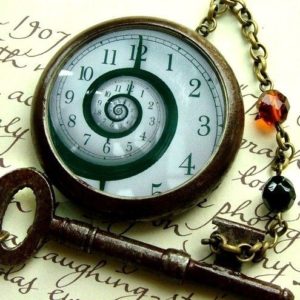 I stayed on point for pretty much every minute I was over there! No rabbit holes. But the time thing, well, that was still an issue. Traveling alone was a blessing so there were no dinner appointments to make or other people’s schedules to accommodate. I guess there’s never enough time, no matter which way we research!
I stayed on point for pretty much every minute I was over there! No rabbit holes. But the time thing, well, that was still an issue. Traveling alone was a blessing so there were no dinner appointments to make or other people’s schedules to accommodate. I guess there’s never enough time, no matter which way we research!
But now if we’re lost in the wonderful feast of Internet information, we may not even notice we’re down a rabbit hole until we’re pretty far down, LOL! Does anyone else think the ease of Internet surfing has made research even more addictive?
Not to mention things like Pinterest!! How many of you have Pinterest boards set up for details of clothing, heroes, heroines, ideas for cover art, period room décor, views that inspire you –do I need to list more? Totally addictive. Every time Pinterest sends me an email with “suggestions” for my boards, I try to delete it, I really do. And sometimes succeed. But sometimes I just-can’t-stop-myself! My finger hovers, then clicks the fatal button and there goes a precious half-hour or more. But sometimes I find really helpful pictures that somehow escaped previous discovery.
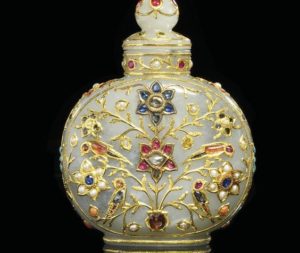 For The Magnificent Marquess, I set up a board on Pinterest to collect pictures of East Indian artifacts that Lord Milbourne might have in his London townhouse after living in India. So many beautiful things!! They inspired me but I had to be careful not to put them all into the story!! (It’s called East Indian design, under Gail Eastwood-Stokes.) Here’s the link if you want to explore: https://www.pinterest.com/eastwoodstokes/east-indian-designs/ (Be warned, there’s 226 pictures!)
For The Magnificent Marquess, I set up a board on Pinterest to collect pictures of East Indian artifacts that Lord Milbourne might have in his London townhouse after living in India. So many beautiful things!! They inspired me but I had to be careful not to put them all into the story!! (It’s called East Indian design, under Gail Eastwood-Stokes.) Here’s the link if you want to explore: https://www.pinterest.com/eastwoodstokes/east-indian-designs/ (Be warned, there’s 226 pictures!)
However, I’ve discovered readers can be interested in these things too. Am I the last one to figure this out? I just did a tea party with Cerise DeLand and Susana Ellis where I posted this silver tea pot  very similar to one my marquess uses in the story. I was astonished by all the love!! But then, I loved it, so why wouldn’t others?
very similar to one my marquess uses in the story. I was astonished by all the love!! But then, I loved it, so why wouldn’t others?
On Facebook I’ve posted this picture of some gorgeous Indian teacups that were too beautiful not to use in the book. Just for fun, here’s the excerpt from fairly early in The Magnificent Marquess where both these cups and the silver teapot similar to the one above make their appearance. 
The hero is serving tea to the heroine (I can’t explain why without giving spoilers): “I must compliment you on your fetching ensemble,” Lord Milbourne said, picking up the silver teapot and pouring tea into one china cup. Was he fighting a smile? She could not quite tell. “It is so fitting to the occasion, for one thing. If I had a wife, I would make certain to take down the name of your modiste.”
Now he was openly roasting her! Apparently she was not already miserable enough. He added milk and sugar to her cup without asking, and held it out to her. She moved to the tea table and took the cup from him in suffering silence. She took a biscuit, although she was not certain she would be able to swallow anything solid, with her heart in her throat. He poured a glass of brandy for himself.
“Ah-h. One of the smaller but no less happy benefits of the war being over,” he said, holding the glass up and taking a deep, appreciative sniff. “Please, do sit. Otherwise I shall feel obliged to remain standing. In the company of a lady, and all.”
She dropped into the nearest chair, biting her lip. What he must think of her now! His tone said it all. How silly of her mother to have feared that she would ruin her sister’s chances with her blue-stocking ways! She had done a far more thorough job of it now, in a way her mother could never, ever, have imagined.
She sipped the tea, just now noting how exquisite the cup was. A little taller than usual, it was made of thin white porcelain and decorated so thickly with gold leaves, flowers, and vines that at first glance it appeared to be made of gleaming solid gold. The tea set on the table, too, at first appeared to be beautifully made but conventional in shape and design. It was only when she looked closer that she realized the silver pieces were covered with the same sorts of natural motifs she had seen on the walls and carved screens. The knobs and spout supports were flowers. Had every single thing in the house been brought with him from India?
I was tempted to make this post chock full of pictures from my East Indian Pinterest board –be glad I spared you (even though most of them are stunning!!). If you look there, just know you have to scroll down past all the weapons (Lord Milbourne has a collection of those on his library wall). Even some of those are pretty amazingly beautiful!
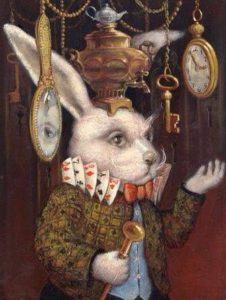 What are your research time and rabbit hole challenges? I refuse to call them weaknesses!! J It all goes to enrich our stories and reading pleasures, right?
What are your research time and rabbit hole challenges? I refuse to call them weaknesses!! J It all goes to enrich our stories and reading pleasures, right?


